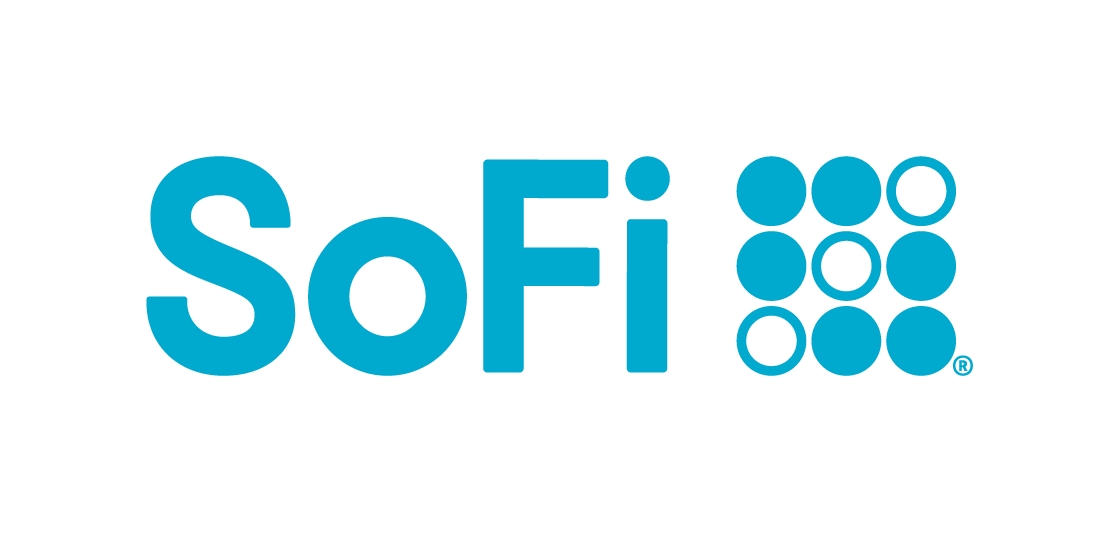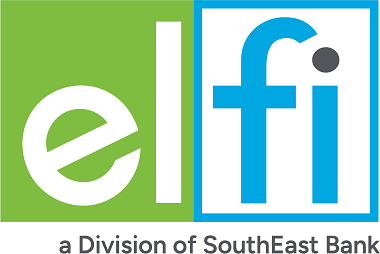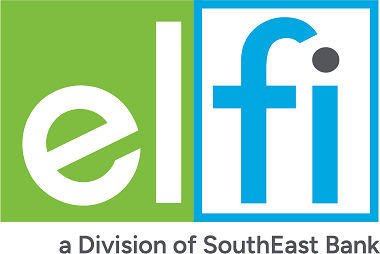Even though student loans are intended to be used to pay for the cost of college, college costs often include living expenses. Meaning, student loans can be used for living expenses. But it’s important to know that your school cannot award you financial aid in excess of your cost of attendance (COA).
Can You Take Out Student Loans for Living Expenses?
Yes. You may take out student loans for living expenses associated with college. The amount you will be able to borrow to cover living expenses will be determined by your school’s certified cost of attendance, or COA, and may differ from school to school.
Room and board costs can include one of four allowances, depending on where you live.
- On-campus in housing that is owned or operated by the college
- At home with parents (only applies to students without dependents)
- In housing on a military base or for which a basic housing allowance (BAH) is provided (allowance restricted to board; room is excluded because it is already paid for)
- Off-campus housing
If you are enrolled less than half-time, your room and board allowances may be limited.
What is Cost of Attendance?
Essentially, COA is what it will cost to attend college. Your school will determine your COA. It includes the total cost of attending school, typically presented as the total cost for one school year. COA factors in expenses like tuition and fees, living expenses, transportation costs, books, supplies, and more. How much you are eligible to receive in student loans is determined by your school’s cost of attendance. Cost of attendance differs by school. You may also see that your COA is referred to as your student budget.
What Can Student Loans Be Used For?
You can use student loans for a variety of education related expenses. Examples of expenses student loans can be used for include:
- Tuition
- College fees
- On-campus room and board
- Off-campus housing costs like rent
- Books and supplies
- Transportation costs (bus fare, fuel, etc, but not the purchase of a new vehicle)
- Cost for renting or purchasing required equipment, materials, and supplies
- Personal computer (if enrolled at least half-time)
- Dependent care expenses such as child care
- Disability-related expenses
- Loan fees
- Licensing or certification required for your program
- Reasonable costs associated with a study abroad program approved for credit at the student’s home institution
- Expenses associated with a cooperative education program
- Miscellaneous personal expenses
What You Should Not Use Student Loans For
Whether from the U.S. Department of Education or private student loan lenders, you cannot use student loans for true “living expenses.” Here are some expenses that you may not use your student loan funds for:
- Purchasing a car or repair costs for a car you do not need for school
- Down payment on a home
- Entertainment costs such as cot and movie tickets as well as streaming services
- Travel and vacation related expenses
- Home entertainment equipment such as television, surround sound, etc.
- Other debt such as credit cards
- Expensive clothing
- Unnecessary supplies
- Restaurants and take-out food
- Financial investments
What Happens if I Use My Student Loans Funds Incorrectly?
If you misuse your student loan funds, you may not have enough money to cover your living expenses and other expenses throughout the semester. Remember, student loan limits are based on your cost of attendance. The money you borrow is intended to last you throughout the semester. If you spend it on non-qualifying expenses, you may come up short.
Note: If your lender does discover you are using student loan funds inappropriately, they may terminate the relationship, and you could be required to pay back the money immediately.
How Student Loans are Disbursed
Both federal and private student loans are disbursed to the school. The loan funds will be applied to any outstanding balances and the student loan money that remains, if any, will be refunded to you by the school. Remember, this is still student loan money and should be reserved for college related expenses. It is wise to set up a checking or savings account to set aside your refund for expenses that arise later in the year.
You may also choose to give any overpayment back to your lender to reduce your student loan debt.
How to Increase Your Expense Allowance
Your school determines how much to allow for each expense. However, if you can document higher costs than specified in the allowances, you can appeal to your school for a possible professional judgement adjustment to the cost of attendance.
For example, you should keep receipts for all your textbooks and supplies. If your actual costs are higher than what your school estimated, ask the financial aid office to increase the textbook and supplies allowance.
Some colleges don’t include certain allowances in the cost of attendance but will add them if you document the expenses and make a formal request.
Expenses that may fall into this category include:
- Dependent care
- Disability-related expenses
- Computer and software related expenses
Software and Computer Limits
Some colleges may limit the purchase of a computer to just once during your educational program unless there are extenuating circumstances (theft, destroyed in a natural disaster, etc.). Many colleges will want to see a paid invoice for the purchase of a computer before they will add the expense to your cost of attendance. Colleges may increase the cost of attendance to cover the cost of required software, including operating system updates.
Health Fees
Your school might include a required health fee in the cost of attendance. It may not be clear if health insurance can be included in the cost of attendance. The cost of attendance for some colleges will include the cost of student health insurance if it’s required by the school, others do not. You should also ask your campus financial aid office if the cost of attendance can include ongoing medical expenses, such as expensive prescriptions.
Special Circumstances
If you have special circumstances, you should appeal to the college for an adjustment to your cost of attendance.
How to Minimize Living Expenses
The average cost of room and board at a four year institution is more than $10,000 per year. Living at home can not only eliminate room and board costs, but reduces the amount of student loan money you may need to borrow to cover your living expenses.
You could shave a lot off your student loans by living at home. It may seem like a sacrifice to some, but with a potential savings of more than $40,000 in student loans over the course of four years it is definitely worth considering. That’s a significant amount of money that you will not need to spend. And remember, every dollar you do borrow will be charged interest.
What Not to Do
Do not borrow more student loan funds than you need. Remember, all student loan debt accrues interest, and other than subsidized loans, your student loans will start accruing interest from the time of disbursement (that means you’ll be accruing interest before you graduate). Borrowing more than you actually need can put you deeper into student loan debt. We recommend itemizing all of your expected expenses, creating a budget, and borrowing only what you need to fill the funding gaps.
Should I Use Credit Cards or Personal Loans to Pay for Living Expenses?
If using student loans for living expenses isn’t an option for you, credit cards or personal loans can be used as an alternative, albeit not a very good one. Both options typically come with the same downside—a high interest rate.
Personal Loans
These loans were not made with students in mind, so you won’t see some of the competitive rates and terms offered with federal or private student loans. Most lenders will not let you pay for education-related expenses, such as tuition fees, with a personal loan, but you can use them to pay for living expenses. Keep in mind that monthly payments begin immediately rather than after you graduate and, unlike most federal student loans, the interest rate on a personal loan is dependent on your credit score. The loan repayment term is also generally shorter. Always review loan terms carefully.
Credit Cards
If you opt to use credit cards to pay for your living expenses, try to find a card with an interest-free introductory period to avoid the need for interest payments. While you may not be able to pay for things like rent with a credit card, you could pay for other expenses, such as food, tuition, books, and supplies; freeing up money to cover rent or room and board. For large purchases, a credit card with an introductory bonus offer can also be useful. But be cautious when using credit cards, carrying a balance on your card can become very expensive—especially after those introductory or special rate offer periods end.
Only consider using credit cards or personal loan money to pay for college if you’ve exhausted all other student aid and funding sources. Taking on credit card or personal loan debt will negatively affect your credit score. Likewise, always have a plan to pay back the money.
While you can use student loans for living expenses, you should do your best to minimize all student loan borrowing. Create a budget to stay on track and make sure your money lasts you all year so you do not have borrow more student loan money than necessary.
It's best to visit your financial student aid office to sign up for student aid and apply for federal student loans before considering options from private student loan lenders. Federal student loans come with generous deferment and forbearance periods and qualify for Income-Driven Loan Repayment plans or Public Service Loan forgiveness.
If you still have gaps in your funding, private student loans are available to make ends meet. Check out our top private student loans lenders.





















